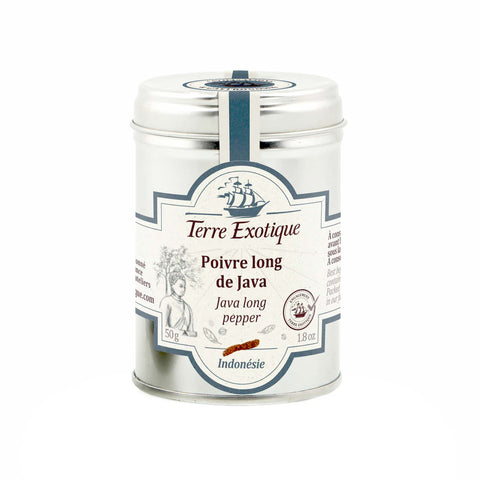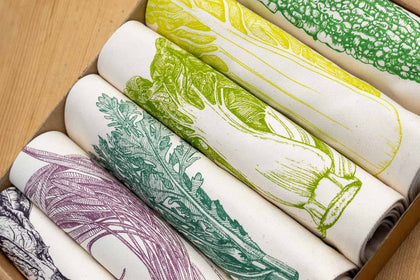Eleanor Ford on How Spices Shaped The World

In her latest book, Eleanor Ford embarks on a culinary journey across the Ancient spice routes to uncover how and why they have shaped the world's cuisine.
Responsible for carving trade routes, starting conflicts and with some once more valuable that gold, this unique and enlightening book looks at spice beyond just an ingredient; as a cornerstone of food and culture.
In The Nutmeg Trail, Eleanor combines her passion for food with a lifetime of travel and knowledge. She explores how spices from the Indian Ocean have been adopted into cuisines across the world. She shares the histories and stories of the world’s most popular spices, intertwined with her favourite spice-infused recipes.
Read more to discover what fascinates Eleanor so much, and how she personally loves to use spice.
Try one of the recipes for Chicken Tandoori (Eleanor’s top recommendation!)
Why do you think spice became so valued that it reshaped the world’s cuisine?
Because spices were historically rare and expensive, they were used as a display of extravagance and social standing.
They also attributed fantastical properties - as medicines and aphrodisiacs. As such, they have long been used in celebratory meals, religious festivals and feasts. The finest food always called for spice.
You celebrate the histories and stories of spice. Why do you think food and storytelling are so interlinked?
Food is universal and great at bringing people together. Sharing a table together calls for storytelling.
'Cooking together is something you can do with no shared language'
In my writing, I love to use food and its stories as a way to explore the world.
You discusses both popular spices like peppercorns and cumin, and ones that have become lost, like cubeb pepper and grains of paradise. Why do you think this is?
Trading routes and commercial realities have had a surprising impact on the spices we eat today.
Black peppercorn triumphed over other peppers and pepper-like spices not because it is superior but because its trade was so successful. Spices that were once popular in renaissance Europe, such as grains of paradise, are now little used outside the countries where they are grown.

The recipes in this book are organised by flavour profile. What made you decide to write the book this way?
When we first think of spices, our minds tend to go to spicy heat, or earthy flavours. I wanted to highlight other flavour profiles as well such as those that are fragrant and floral (think cardamom and saffron) or fresh spices (lemongrass and galangal).
How learning the spice histories shape your own cooking?
I have become more conscious of how I am using spice in recipes; of what effect I want to achieve.
Add spices early and they will soften and meld with the flavours, add them late and they will be more of a spicy punctuation.
Using spices whole or ground or infused or smoked all bring different results.
Why do you feel so drawn to write about the flavours and cuisines of Asia?

As both a child and an adult, I have been lucky enough to live and travel widely across Asia so I am drawn to flavours of the wider region. They have wonderful associations for me.
What fact did you discover about the history of spice that surprised you the most?
One that steered me towards the title of the book. In the 17th century, the tiny island of Run in the Indonesian Sea was of great importance because it was the only place on earth where nutmeg grew.
Nutmeg was so valuable that the Dutch made an exchange for the island with the British.
In return, they got an island on the other side of the world - Manhatten - that they would rename New York.
What is the most versatile spice?
I think spices which have an adaptable flavour profile, such as the piquancy of pepper or the earthiness of cumin. It is no coincidence they are some of the world's most used.
What spice is most undervalued?
I love Indonesian long pepper, it has a kick of heat but also a floral fragrance that is wonderful.
What spices are most essential in your pantry and your favourite to cook with?
As you can imagine, I have an excessive collection!
I am always drawn to recipes that use green cardamom or allspice. Or mastic, not a spice I use often but one that I adore.
And finally, what one recipe does everyone need to cook from The Nutmeg Trail?
The Tandoori Roast Chicken. It has a double marinade that makes it a flavour explosion.




